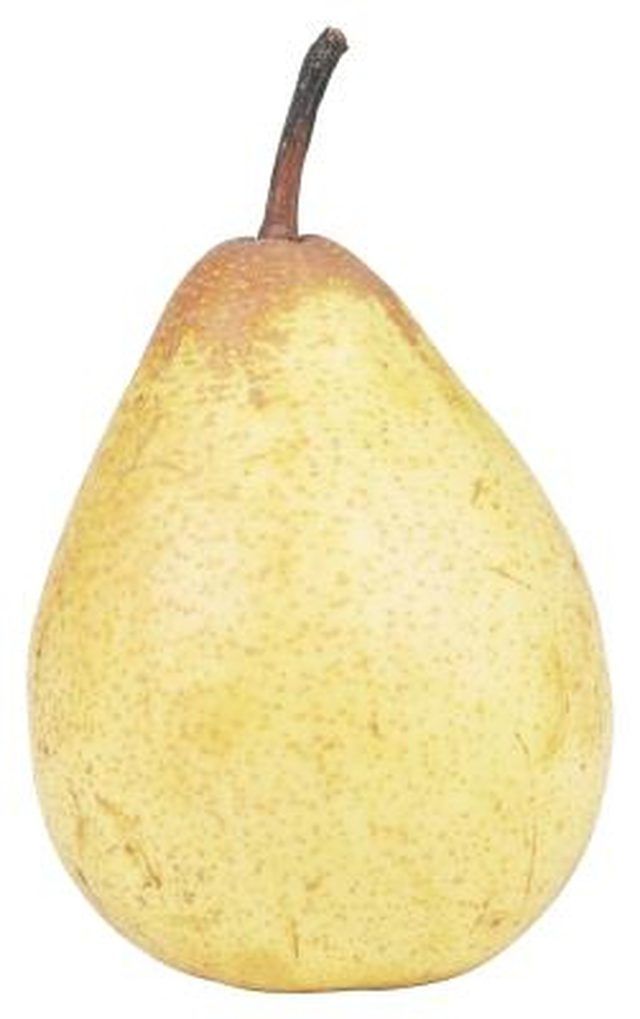Bulbs
Flower Basics
Flower Beds & Specialty Gardens
Flower Garden
Garden Furniture
Garden Gnomes
Garden Seeds
Garden Sheds
Garden Statues
Garden Tools & Supplies
Gardening Basics
Green & Organic
Groundcovers & Vines
Growing Annuals
Growing Basil
Growing Beans
Growing Berries
Growing Blueberries
Growing Cactus
Growing Corn
Growing Cotton
Growing Edibles
Growing Flowers
Growing Garlic
Growing Grapes
Growing Grass
Growing Herbs
Growing Jasmine
Growing Mint
Growing Mushrooms
Orchids
Growing Peanuts
Growing Perennials
Growing Plants
Growing Rosemary
Growing Roses
Growing Strawberries
Growing Sunflowers
Growing Thyme
Growing Tomatoes
Growing Tulips
Growing Vegetables
Herb Basics
Herb Garden
Indoor Growing
Landscaping Basics
Landscaping Patios
Landscaping Plants
Landscaping Shrubs
Landscaping Trees
Landscaping Walks & Pathways
Lawn Basics
Lawn Maintenance
Lawn Mowers
Lawn Ornaments
Lawn Planting
Lawn Tools
Outdoor Growing
Overall Landscape Planning
Pests, Weeds & Problems
Plant Basics
Rock Garden
Rose Garden
Shrubs
Soil
Specialty Gardens
Trees
Vegetable Garden
Yard Maintenance
Cross-Pollination of Pear Trees
Cross-Pollination of Pear Trees. Pear trees begin forming fruit after pollination of the blossoms occurs in springtime. Although some varieties of pear are self-pollinating, most pear trees must be cross-pollinated to produce the best fruit.

Pear trees begin forming fruit after pollination of the blossoms occurs in springtime. Although some varieties of pear are self-pollinating, most pear trees must be cross-pollinated to produce the best fruit.
Definition
Pollination is the transfer of pollen grains from the male anthers of a flower to the female stigma of another flower. In pears, cross-pollination occurs when pollen is transferred between different cultivars or varieties of pear trees.
Compatible Varieties
Most pear trees must be cross-pollinated, but not all varieties are compatible. For example, the Seckel pear is compatible with the Bosc pear but not the Bartlett. According to the University of Missouri Cooperative Extension website, a few varieties such as the Bartlett and Anjou are able to set fruit using their own pollen, but cross-pollination produces the healthiest, most abundant crop. Check with your extension office for information about compatible pear varieties for your area.
Bees
Pears are pollinated primarily by bees, particularly honeybees. According to the Missouri Extension, because pear blossoms produce little nectar, pear trees require more pollinator insects than any other type of fruit tree. Commercial orchards often rent beehives during bloom time to ensure adequate pollination. To protect pollinator insects, never use pesticides on flowering trees.